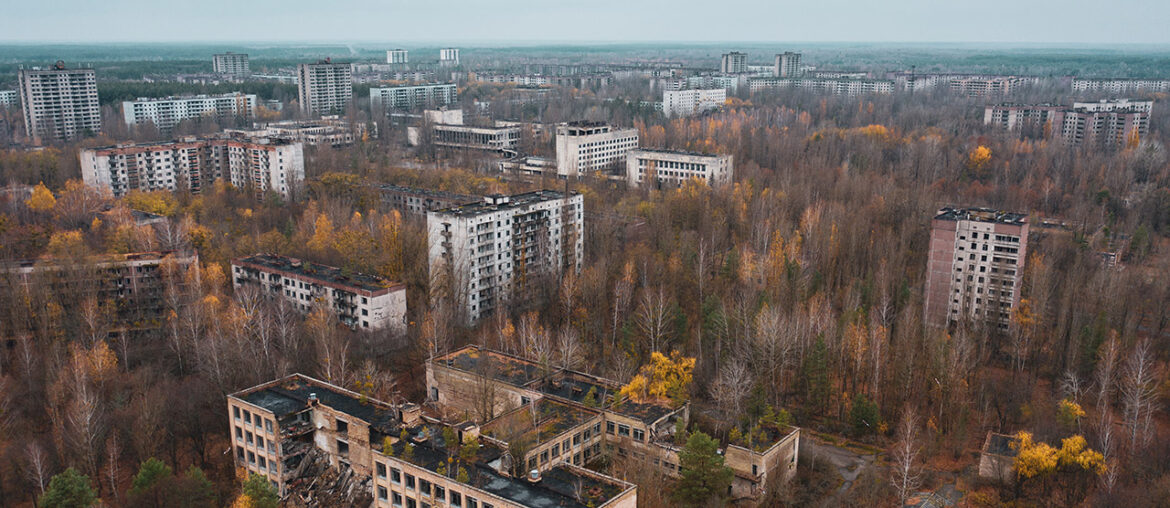Radiation levels are a huge concern in radioactively contaminated areas like Chernobyl, Ukraine. However, many plants and fungi have been able to survive and thrive in such a harsh environment. It proves that nature possesses the ability to recover from radiation. This article provides an in-depth explanation of how these plants could pull off such impossible tasks, and point out a few cases for their potent abilities.
Plants Survive Nuclear Disaster
In radioactively contaminated places, the radiation that these plants absorbed would have killed humans and other animals.
So, why could they still thrive in the face of radiation and nuclear disaster?
Scientists have found that nature does indeed can recover from radiation. Plants grow in a variety of ways. Because they are unable to move, they are forced to adapt to the situations.
Plants Can Generate New Cells
Plants, unlike animals, do not have a definite structure. They make it up as they go along. The balance of chemical signals from other sections of the plant and surrounding plants, as well as light, temperature, water, and nutritional conditions, determine whether they produce deeper roots or a higher stem.
And unlike animal cells, practically all plant cells have the ability to generate new cells of any sort that the plant requires. Therefore, it further proves that nature can recover from radiation.
This is also the reason a gardener may propagate new plants from cuttings, with roots emerging from the remains of a stem or leaf. All of this means that plants have a lot easier time replacing dead cells or tissues than animals, whether the harm is caused by an animal assault or by radiation.
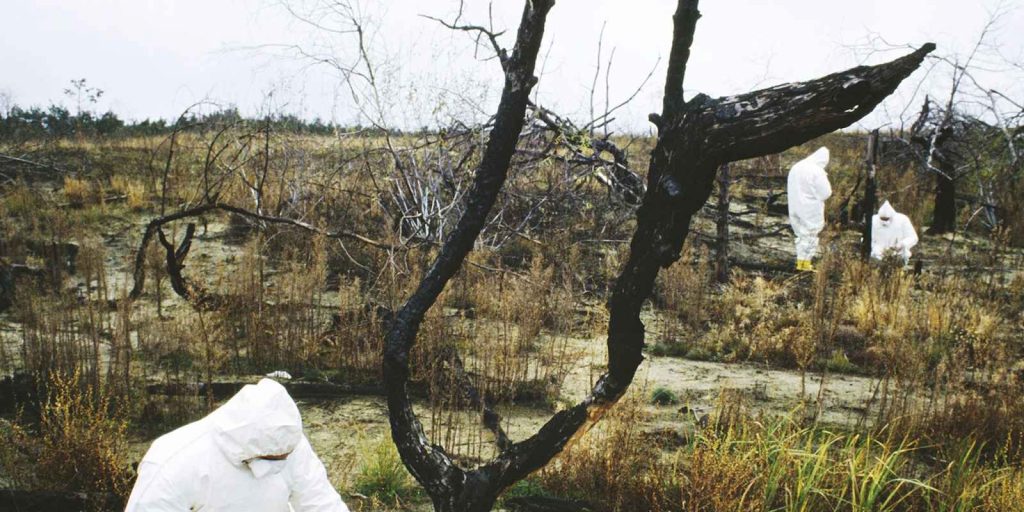
Plants and Animals Thrive
The exclusion zone around Chernobyl isn’t completely empty of life. Wolves, boars, and bears have returned to the lush forests that surround the abandoned nuclear power facility in northern Ukraine.
And, except for the most susceptible and exposed plant life, every vegetation survived. Even in the zone’s most radioactive parts, vegetation began to regenerate within three years.
In addition to their natural radiation resistance, certain plants in the Chernobyl exclusion zone appear to be employing additional methods to safeguard their DNA, such as altering its chemical to make it more resistant to damage and activating systems to repair it if this fails.
Natural radiation levels on the Earth’s surface were much greater in the ancient past when early plants were developing, thus plants in the exclusion zone may be using adaptations from that period to thrive, even in such extreme conditions.
When talking about surviving and absorbing radiation, two species stand out among others. They are said to possibly be the most effective natural solution to the nuclear waste crisis in areas like Chernobyl today.
Sunflowers Absorb Radiation
Another example showing nature can recover from radiation is sunflowers. Sunflower fields were planted throughout the impacted areas after the nuclear tragedies in Hiroshima, Fukushima, and Chernobyl to help absorb harmful metals and radiation from the soil. Sunflowers (Helianthus) are considered to be as helpful for the environment as they are beautiful to look at, according to new study.
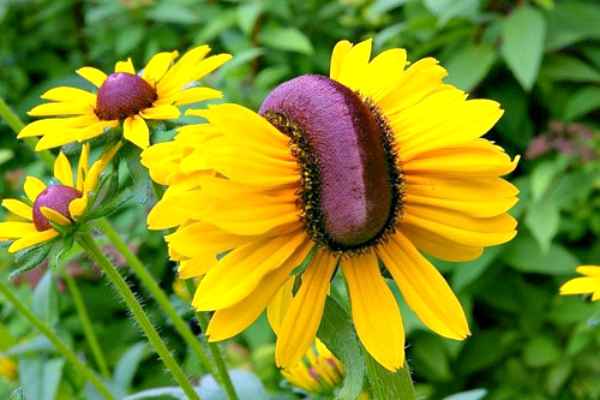
Sunflower’s Distinct Composition
Sunflowers are hyperaccumulators or plants that can take in enormous amounts of harmful compounds in their tissues, according to environmental experts.
Flowers, like other terrestrial plants, have evolved root systems that are extraordinarily effective at extracting nutrients, water, and minerals from the earth, including zinc, copper, and other radioactive elements, which are then stored in their stems and leaves.
A range of strategies has evolved over a decade of field and greenhouse studies to give insight on the most efficient application of sunflowers’ potential to help nature recover from radiation.
Certain alpine plants have also been researched for their potential to “hoard zinc,” while certain mustard threads may take up the lead, some clovers devour oil, and yellow poplars can convert a deadly form of mercury to a more benign one, according to the Times.
According to a study from the Federal Environmental Protection Agency’s National Risk Management Research Laboratory in Cincinnati, this type of poplar can also damage dry-cleaning chemicals.

The Widespread Use of Sunflowers
Sunflowers, like any other crop, must be tailored to local conditions; nonetheless, because distributing seeds is inexpensive, non-invasive, and nearly universally accessible, planting sunflowers is an appropriate method for rapidly-industrializing portions of the developing world to offset pollution’s impacts.
Because of its tendency to become invasive, perennial sunflowers have not been as popular as the cultivated sunflower, H. annuus.
However, in the case of a nuclear cleanup, the flower’s quick spread is a benefit: with a little help from Mother Nature, a whole field may be neutralized (or at least partially remediated) within three years after planting.
The flower prefers wet soils and forests, such as those along a canal, which is another aspect of every ecosystem that is particularly sensitive to pollution.
According to the New York Times, “sunflower-planted wetlands are already cleaning up filthy water from landfills, slaughterhouses, cider mills, sewage facilities, fish farms, and parking lots from Ecuador to the Hudson River Valley.”
Although the extent of the sunflower’s function as the most effective, non-invasive technique of nuclear radiation cleaning is unknown, the promise and potential inherent in the plant’s nature are continually revealed.
Another subtle clue that nature may actually influence the world is that the sunflower is an international emblem for nuclear disarmament.
The Two Types of Fungi
Cryptococcus Neoformans
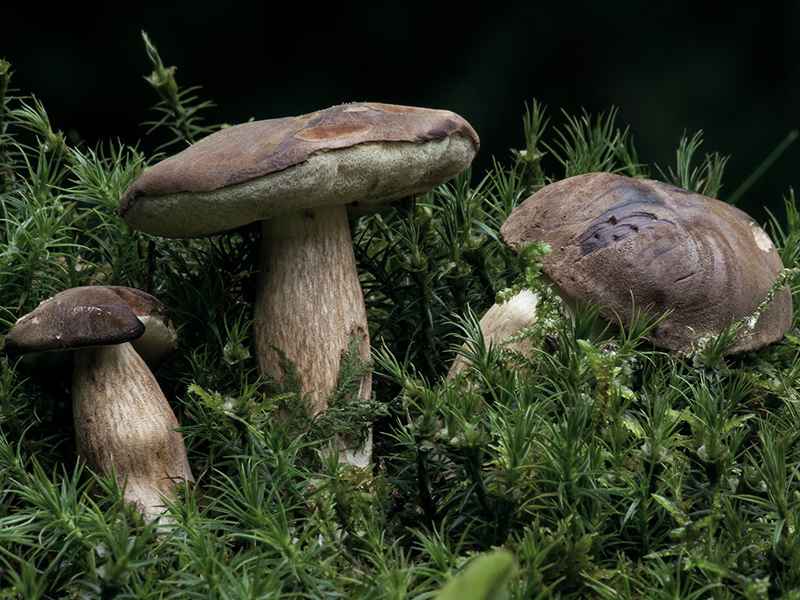
According to a story published by Express, scientists have discovered that a strand of fungal at the Chernobyl nuclear power plant feeds on radiation. The fungus was discovered at Chernobyl five years after the nuclear reactor detonated in 1991, but scientists only recently discovered that its qualities can help nature recover from radiation.
Cryptococcus neoformans is the name of the fungus, which was initially reported in the 1890s and is well-known in science. It may be a dangerous bacterium for people if it enters those with weakened immune systems, causing cryptococcosis. This radiation-resistant fungus can thrive in high-radiation conditions. It is also being tested for its ability to protect against radiation in space. The fungus’s ability to absorb melanin is a fascinating feature that might help astronauts stay safe while carrying their tasks.
It turns out that it might also be useful to people, especially in space. Melanin, a pigment that causes skin to darken, is abundant in the fungus. According to a 2007 research, melanin absorbs sunlight and converts it to chemical energy, similar to how plants convert carbon dioxide and chlorophyll into oxygen and glucose through photosynthesis. Radiosynthesis is the name given to this process.
Rhodotorula Taiwanensis
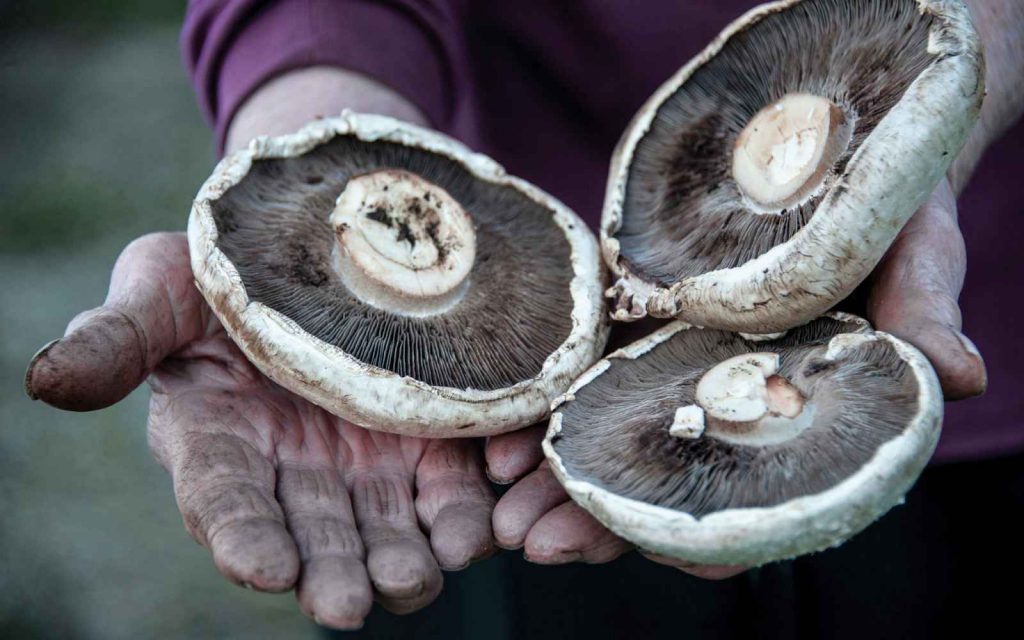
Scientists also have found another type of fungi that can fight off radiation, called MD1149-Rhodotorula Taiwanensis. Many claims that this specific fungi species is most suitable for bioremediation. Bioremediation is the process of cleaning up a contaminated place by using naturally existing or intentionally introduced microbes or other forms of life.
This fungus was discovered in a sample taken from a decommissioned acid mine drainage facility in Maryland, United States. It was the only strain capable of thriving in nuclear waste tanks because of the high levels of radiation and low pH.
When exposed to both short and long-term radiation, the fungus performed well, and it was even more radiation-resistant than bacteria identified in the 2000 study. Furthermore, the researchers discovered that this fungus may form biofilms, which can aid in the absorption of toxins and heavy metals in waste and their removal from the soil.
The researchers sequenced R. Taiwanese’ genome, or mapped its DNA, because it was such a promising alternative for bioremediation. The scientists used this “map” to figure out which genes gave this fungus its particular capacity to live in radioactive waste.
Knowing this, we may seek additional species with comparable genes and test them for bioremediation, possibly overcoming some of the obstacles we encounter in removing radioactive waste from the soil.
In Summary
Even though the radiation level in Chernobyl is no longer a concern to the public, another nuclear disaster can still occur in the future. By finding ways to reduce the radiation level (using plants, fungi, etc.), we can minimize the damage from such incidents and increase the chance of recovery in the aftermath. To know more about other useful capabilities of plants, stay tuned to Tenere’s blog page.

